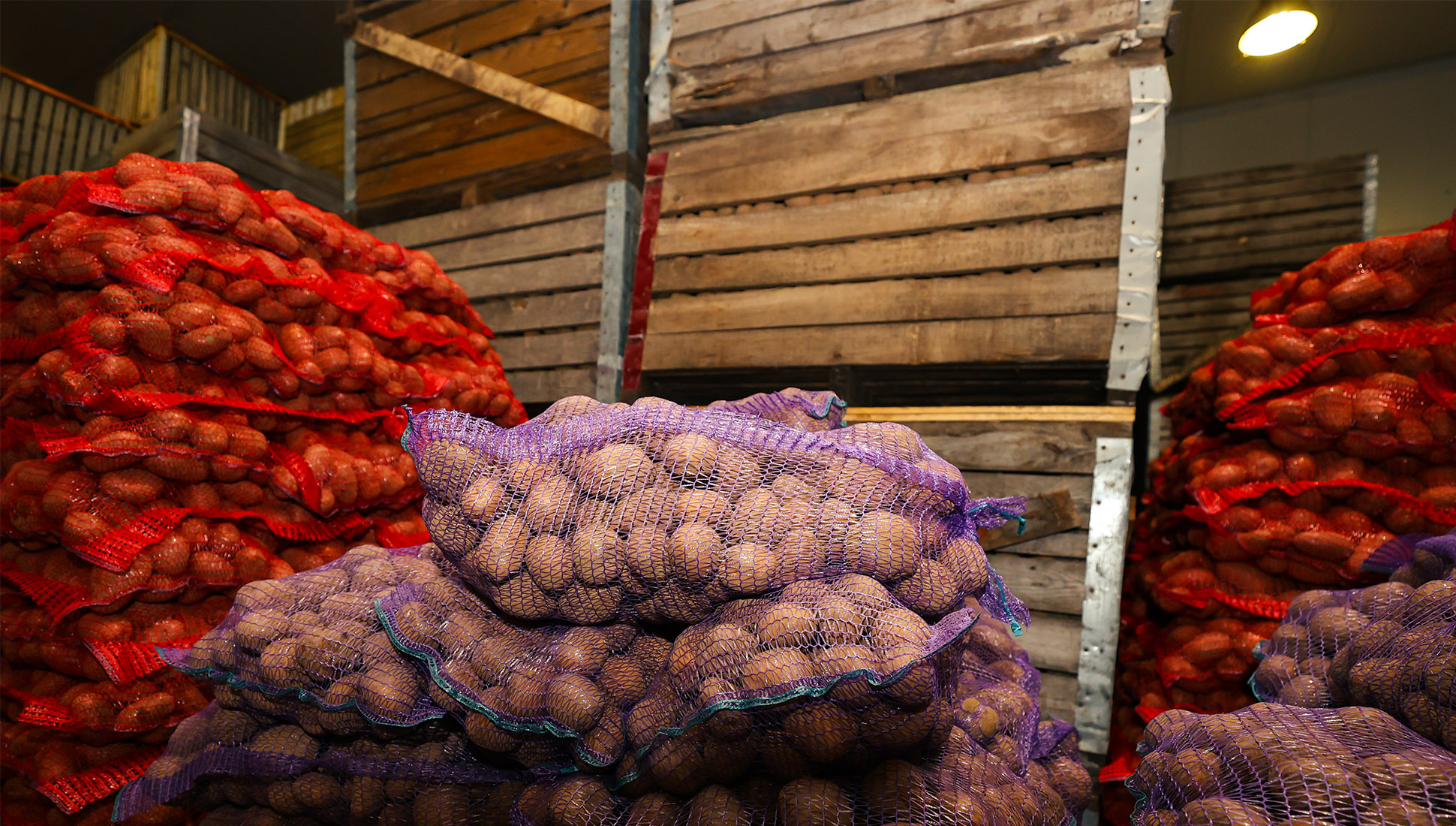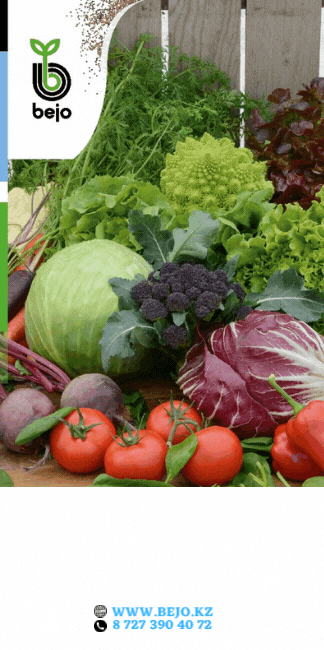
Kazakhstan needs to triple its potato storage capacity and double its fruit storage capacity in order to preserve the harvested fruits and vegetables until spring. Judging by the rate of construction of such storage facilities, it will not be possible to achieve these goals by the end of 2025, World of NAN reports with reference to the monitoring agency energyprom.kz.
There are just over 1.2 thousand storage facilities in Kazakhstan, with a total capacity of 1.9 million tons in 2022. At the same time, the total volume of vegetables in the country last year exceeded 6.5 million tonnes. On the basis of peculiarities of storage conditions of potatoes, other vegetables and fruits, such warehouses are divided into three categories. The largest number of storages - 770 - operates for the storage of vegetables in containers. They can hold more than 1.3 million tons of carrots, beets, cabbage, onions. Based on the analysis carried out by the experts of the Ministry of Trade and Integration of the RK (MTI), the country has almost enough storage capacity just for these vegetables, the deficit is only 3.1%.
But the other two categories - potato and fruit storages - are in deficit in Kazakhstan. Capacity of the first is enough only for 36.5% of the commodity volume of the harvest (it makes up 1.4 million tons). There are not enough facilities for storage of fruits too: existing storages contain only 43.8% of the volume of fruits, which should be saved till spring (196.5 thousand tons). In general, the average deficit in all three categories of storage at the end of 2022 was 35.4%.
In addition to the lack of vegetable storage facilities, there are other serious problems in Kazakhstan's food storage system. We are talking about the low level of provision of existing vegetable storage facilities with necessary climate control equipment. According to MTI, only 16.6% of 1.2 thousand vegetable storage facilities are equipped with refrigerators, systems to create a microclimate and a certain level of humidity. These aspects are extremely important because without special storage conditions onions in warehouses will simply rot, carrots will dry out, and apples will lose their marketable appearance.
This situation is also affected by the fact that a third of the vegetable storage facilities in the country has been in operation for more than 20 years. Considering the needs, the rate of construction of new warehouses in Kazakhstan remains low. According to MTI, in 2021-2022 more than 181 thousand tons of vegetable storage facilities have been built. Storage facilities for another 104.6 thousand tons of vegetables are planned to be commissioned in 2023. Judging by the department's calculations, this will reduce the overall capacity deficit by only 4.6 percentage points: from 36.5% in 2020 to 31.9% in December this year.
The existing Comprehensive Plan for Building and Modernizing Vegetable Storage Facilities through 2025 calls for a small capacity of new vegetable storage facilities in 2024-2025: 49.6 thousand tons in total. Unfortunately, they, too, will not dramatically affect the overall situation. The deficit will be reduced only to 30.2%.
Only much more serious projects will help to reduce the shortage to zero. MTI counted that if from 2026 to 2030 annually to build vegetable storage capacity of 180 thousand tons, only then the country's need for warehouses to store potatoes and fruits will be completely closed.
Смотрите больше интересных агроновостей Казахстана на нашем канале telegram,
узнавайте о важных событиях в facebook и подписывайтесь на youtube канал и instagram.









































Обсуждение